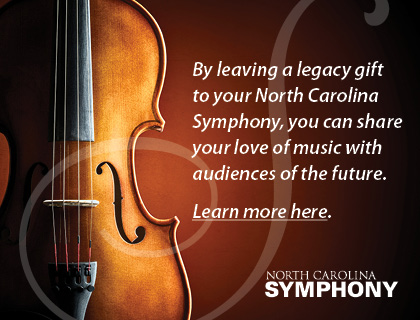Symphony No. 90 in C Major
Joseph Haydn (1732-1809)
THE STORY
One might wonder why—and how—Franz Joseph Haydn wrote such a mind-boggling number of symphonies (104, to be exact). The simple answer is, he was paid to do so.
Haydn often was employed full-time as a court composer, expected to serve up a constant stream of new symphonies for entertainment. At the end of his career, he had a concert series in London and churned out new symphonies to continually draw audiences to the concert hall with something fresh and exciting. Unlike later composers such as Mahler, who wrote symphonies as grand, complex, and often personal artistic statements, Haydn’s commissions were his impetus. He composed on demand and on tight deadlines, and the more popular he became, the more commissions he received.
His 90th symphony was composed in 1788 as the first of a three-symphony commission from the French nobleman Count d’Ongy, who had also commissioned his “Paris” Symphonies, Nos. 82 to 87. The work was requested for the Concert de la Loge Olympique—a concert presenting company whose orchestra was led by the Black composer, conductor, and nobleman, Joseph Bologne de Saint-George.
When Haydn composed the symphony in 1788, famine was already spreading in the French countryside and bread riots were breaking out in Paris. France was just months away from the beginning of the French Revolution that would change the country’s political and social landscape forever. Yet, Haydn’s music is delightfully jovial and includes one of the best musical jokes of all time in the finale.
LISTEN FOR
• The main melodic idea of the slow introduction continued at a quicker pace in the Allegro assai—the direct connection between the introduction and the music that follows was unusual at the time
• The double variation form of the Andante—after two themes are presented, we hear a set of variations on each (the third movement of Mahler’s Symphony No. 4 also follows this form)
• French-sounding musical idioms in the third movement, likely used to please the Count (Haydn even used the French spelling of “minuet” as the title of this movement)
• The “gotcha” moment at the end of the finale—the symphony seems to come to a close on a C major chord, but (spoiler alert!) after four measures of complete silence, the orchestra begins playing again in the unexpected key of D major before concluding, in earnest, in C major
INSTRUMENTATION
Flute, two oboes, two bassoons, two horns, two trumpets, timpani, strings

